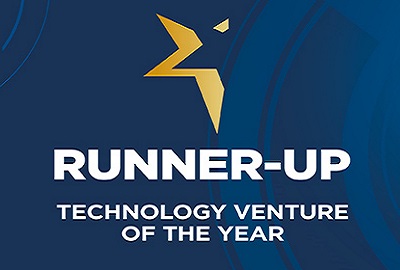Will there be a claims Tsunami? Helping employers prepare |
Authors / contacts: Karim Derrick
In a typical Tsunami there is a period of unusual calm that precedes the destructive rush that quickly follows. Commentators in the claims space have begun to use this analogy to describe lockdown and the tidal wave of claims that may follow. For corporates and insurers alike one of the questions under consideration is what we can be doing today to prepare and mitigate the wave tomorrow, if and when it comes; and what role can technology play in all of this?
 |
Technology can help to provide answers to these questions in a way that can be deployed immediately and is easy to audit and evidence |
A key component of any claim mitigation strategy must have, at its heart, consideration of an employer’s duty of care. Have we got the right policies and practices in place to ensure we are able to meet our duty of care in relation to the health risks created by COVID-19? And, should claims present themselves, will we be able to evidence those policies and practices?
Technology can help to provide answers to these questions in a way that can be deployed immediately and is easy to audit and evidence. Regulation 6 of the Management of Health and Safety at Work Regulations 1999 Act requires employers to undertake health surveillance as is appropriate to those risks identified following health and safety risk assessments. That must, in the context of COVID-19, include taking appropriate steps to identify those presenting symptoms and then taking further steps to minimise the risk of transmission.
Mobile applications can provide employees with a tool that allows them to report to employers in real-time. Kennedys IQ has adapted its Incident Manager application to provide for such health surveys. Incident Manager is a mobile application that can be used for a range of circumstances and provides intelligent workflows to efficiently capture information about an incident in the workplace. It has now also been configured to provide off-the-shelf workflows to report employee wellbeing.
Tracking and tracing infection fits well with the discharging of an employer’s duty of care. When considering potential future claims defensibility, evidence that an employer has utilised technology to help with this can go to the question of whether we have done all that we reasonably could do to discharge the basic duty of care towards our employees and those affected by their work.
Related external articles:
Latest HSE guidance for UK employers can be found here.
Related news and insights
Artificial Intelligence: exploring risks and rewards
Karim Derrick of Kennedys IQ explores the risks and rewards as the sector looks to an AI future.
Assessing the impact of the 17th Edition of the JCG on OIC Claims
The highly anticipated 17th Edition of the Judicial College Guidelines (JCG) has begun to reach recipients. Let’s delve into the standout updates from this edition and examine their potential implications for Official Injury Claim (OIC) claims.
Award winning Kennedys IQ
Last week, we had the honour of attending the prestigious ‘British Legal Technology Awards 2023’ as an award finalist.

Artificial Intelligence: exploring risks and rewards
Karim Derrick of Kennedys IQ explores the risks and rewards as the sector looks to an AI future.

Assessing the impact of the 17th Edition of the JCG on OIC Claims
The highly anticipated 17th Edition of the Judicial College Guidelines (JCG) has begun to reach recipients. Let’s delve into the standout updates from this edition and examine their potential implications for Official Injury Claim (OIC) claims.

Award winning Kennedys IQ
Last week, we had the honour of attending the prestigious ‘British Legal Technology Awards 2023’ as an award finalist.



